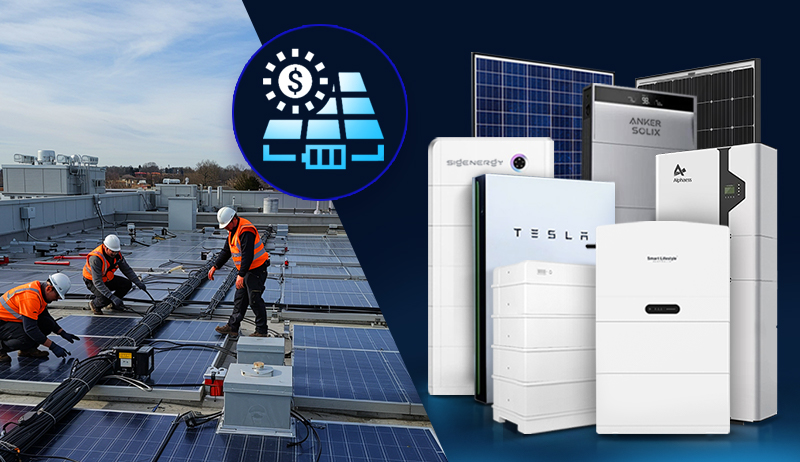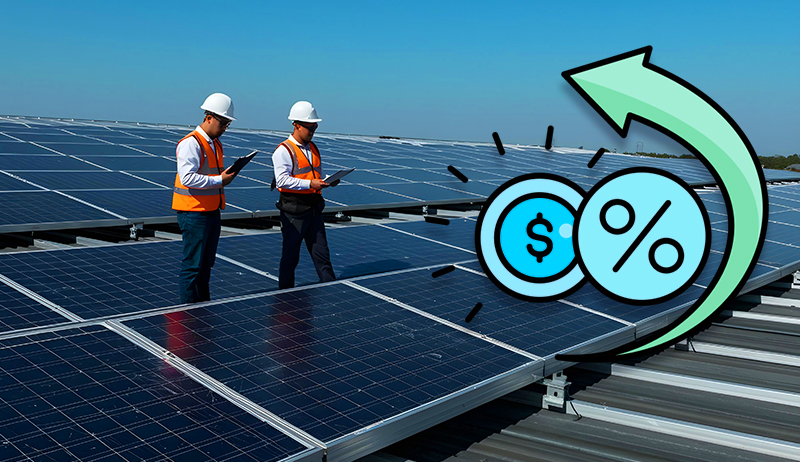Hydropower in Brazil: A Story of Reliance, Challenges, and Future Directions
Hydropower has played a dominant role in shaping Brazil’s energy landscape, accounting for a staggering 66% of the country’s electricity generation in 2020.
With its extensive river systems and abundant rainfall, Brazil possesses the second-largest hydropower potential globally, estimated at roughly 260 GW.
This article delves deep into the intricacies of hydropower in Brazil, exploring its impacts, challenges, and future prospects. We’ll analyze data, examine current trends, and discuss how this crucial renewable energy source is evolving in the face of a changing climate and growing energy demands.
Historical Significance and Current Status
Brazil’s hydropower story began in the 1960s and 70s, fueled by rapid industrialization and a need for reliable power sources. Large-scale projects like the Itaipu Dam, the world’s second-largest hydroelectric facility, became symbols of national development. Today, Brazil boasts a network of over 2,000 hydroelectric power plants, with a total installed capacity of over 100 GW.
Here’s a table showcasing some key statistics:
| Statistic | Data | Source |
|---|---|---|
| Installed Capacity | 104.6 GW | International Hydropower Association (2022) |
| Annual Generation | 426.8 TWh | U.S. Energy Information Administration (2020) |
| Share of Electricity Generation | 66% | U.S. Energy Information Administration (2020) |
| Number of Hydropower Plants | Over 2,000 | Brazilian Ministry of Mines and Energy (2021) |
Benefits of Hydropower in Brazil:
- Low-cost electricity: Hydropower offers a relatively inexpensive source of clean energy, contributing to Brazil’s economic growth and affordability of electricity for its citizens.
- Reduced greenhouse gas emissions: Compared to fossil fuels, hydropower has minimal carbon footprint, supporting the country’s climate change commitments.
- Energy security and grid stability: Hydropower plants provide reliable baseload power, ensuring grid stability and meeting peak demand periods.
- Job creation and economic development: Construction and operation of hydropower plants generate employment and stimulate local economies, particularly in remote areas.
Challenges and Environmental Concerns
Despite its undeniable benefits, hydropower in Brazil faces significant challenges:
- Droughts and climate change: Droughts, exacerbated by climate change, can severely impact hydropower generation, leading to energy shortages and price hikes.
- Social and environmental impacts: Construction of large dams can displace communities, disrupt ecosystems, and affect biodiversity. Additionally, reservoir sediment buildup reduces power generation capacity over time.
- Licensing and regulatory hurdles: Complex licensing procedures and environmental regulations can delay new projects, hindering expansion and modernization of the hydropower sector.
Future Directions and Renewable Energy Mix
Recognizing these challenges, Brazil is exploring alternative energy sources like wind and solar power to diversify its energy mix and reduce reliance on hydropower. Additionally, the focus is shifting towards smaller, run-of-river hydropower plants with less environmental impact.
- Modernization and rehabilitation: Existing hydropower plants are undergoing modernization to improve efficiency and extend their lifespan.
- Sustainable practices: Implementing sustainable practices like sediment management and fish passage solutions are crucial to mitigate environmental impacts of existing and future projects.
- Community engagement and compensation: Engaging communities affected by hydroelectric projects and providing adequate compensation are essential for social sustainability.
Conclusion
Hydropower has been the backbone of Brazil’s electricity generation for decades, providing clean, affordable, and reliable power. However, the sector faces challenges related to climate change, environmental concerns, and social impacts. Moving forward, a balanced approach is needed, prioritizing sustainable practices, diversifying the energy mix, and ensuring responsible development while harnessing the potential of hydropower for a secure and sustainable energy future.
https://www.exaputra.com/2024/02/hydropower-in-brazil-story-of-reliance.html
Renewable Energy
FAQs: Your Most Common Commercial Solar Questions Answered
The post FAQs: Your Most Common Commercial Solar Questions Answered appeared first on Cyanergy.
https://cyanergy.com.au/blog/faqs-your-most-common-commercial-solar-questions-answered/
Renewable Energy
Socialism and Autocracy
 20th Century Austrian-American economist and devout anti-communist Ludwig von Mises clearly believed what he said at left, and there were plenty of examples in the 1900s to support his concept.
20th Century Austrian-American economist and devout anti-communist Ludwig von Mises clearly believed what he said at left, and there were plenty of examples in the 1900s to support his concept.
Now, 50 years after his death, we wonder what he would think about today’s United States.
The U.S. has an economy that’s as close to unadulterated capitalism as anyone could imagine, but we have a president who is most definitely an authoritarian, a would-be dictator.
Renewable Energy
Why Education Is Such a Low Priority
 What Karl Marx said here has been repeated by many dozens of people over the years, notably George Carlin (see below).
What Karl Marx said here has been repeated by many dozens of people over the years, notably George Carlin (see below).
-
Climate Change4 months ago
Guest post: Why China is still building new coal – and when it might stop
-
Greenhouse Gases4 months ago
Guest post: Why China is still building new coal – and when it might stop
-
Climate Change2 years ago
Spanish-language misinformation on renewable energy spreads online, report shows
-

 Greenhouse Gases2 years ago
Greenhouse Gases2 years ago嘉宾来稿:满足中国增长的用电需求 光伏加储能“比新建煤电更实惠”
-
Climate Change Videos2 years ago
The toxic gas flares fuelling Nigeria’s climate change – BBC News
-

 Climate Change2 years ago
Climate Change2 years ago嘉宾来稿:满足中国增长的用电需求 光伏加储能“比新建煤电更实惠”
-

 Carbon Footprint2 years ago
Carbon Footprint2 years agoUS SEC’s Climate Disclosure Rules Spur Renewed Interest in Carbon Credits
-
Climate Change2 years ago
Why airlines are perfect targets for anti-greenwashing legal action












 Full energy assessment
Full energy assessment




